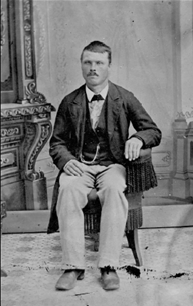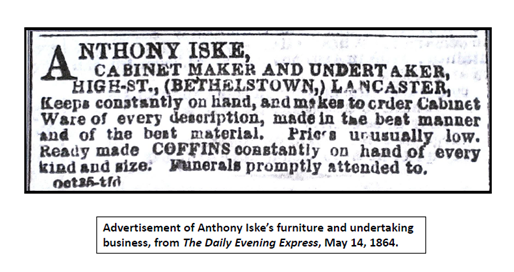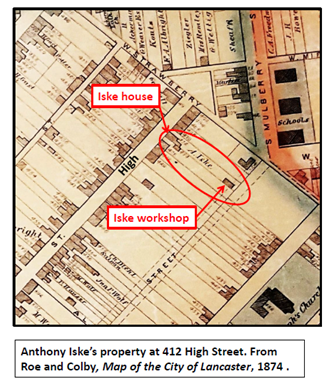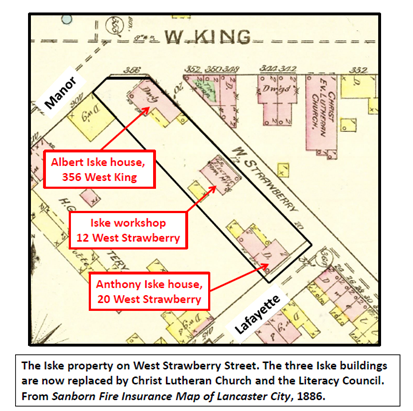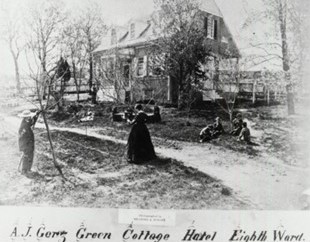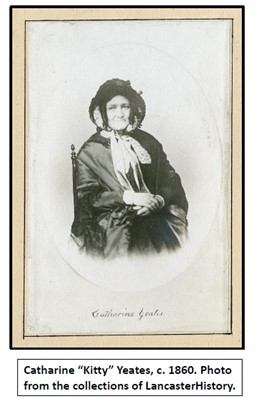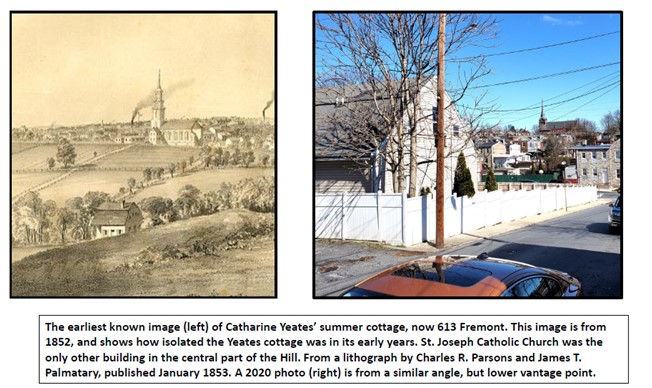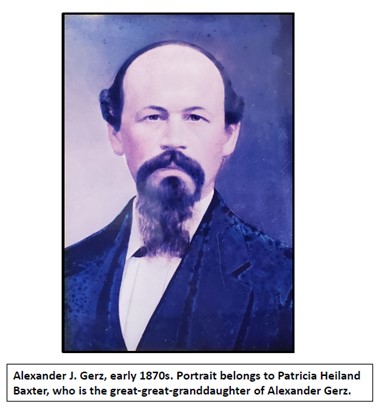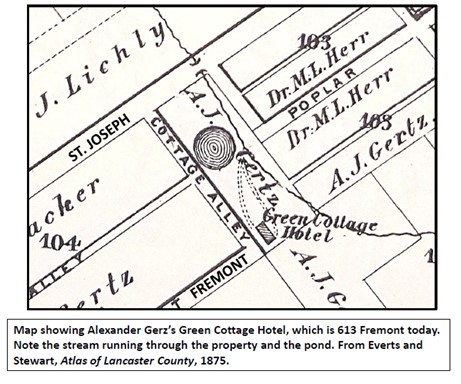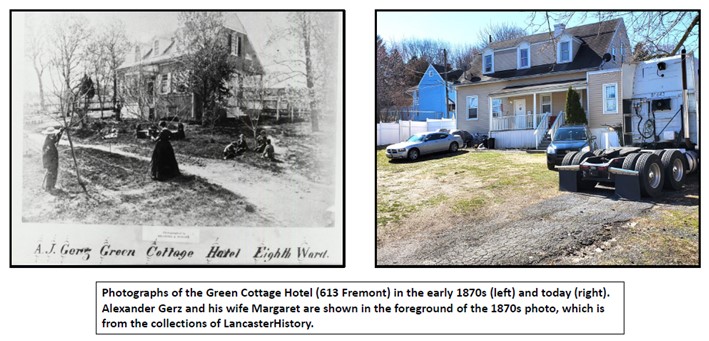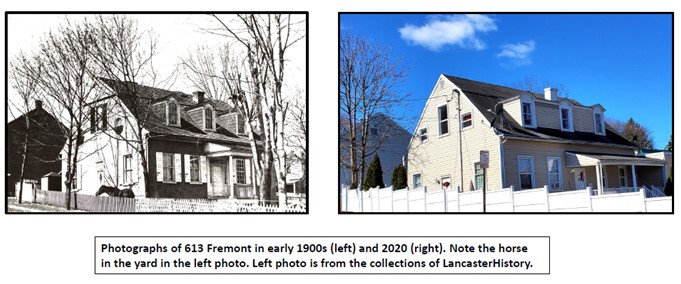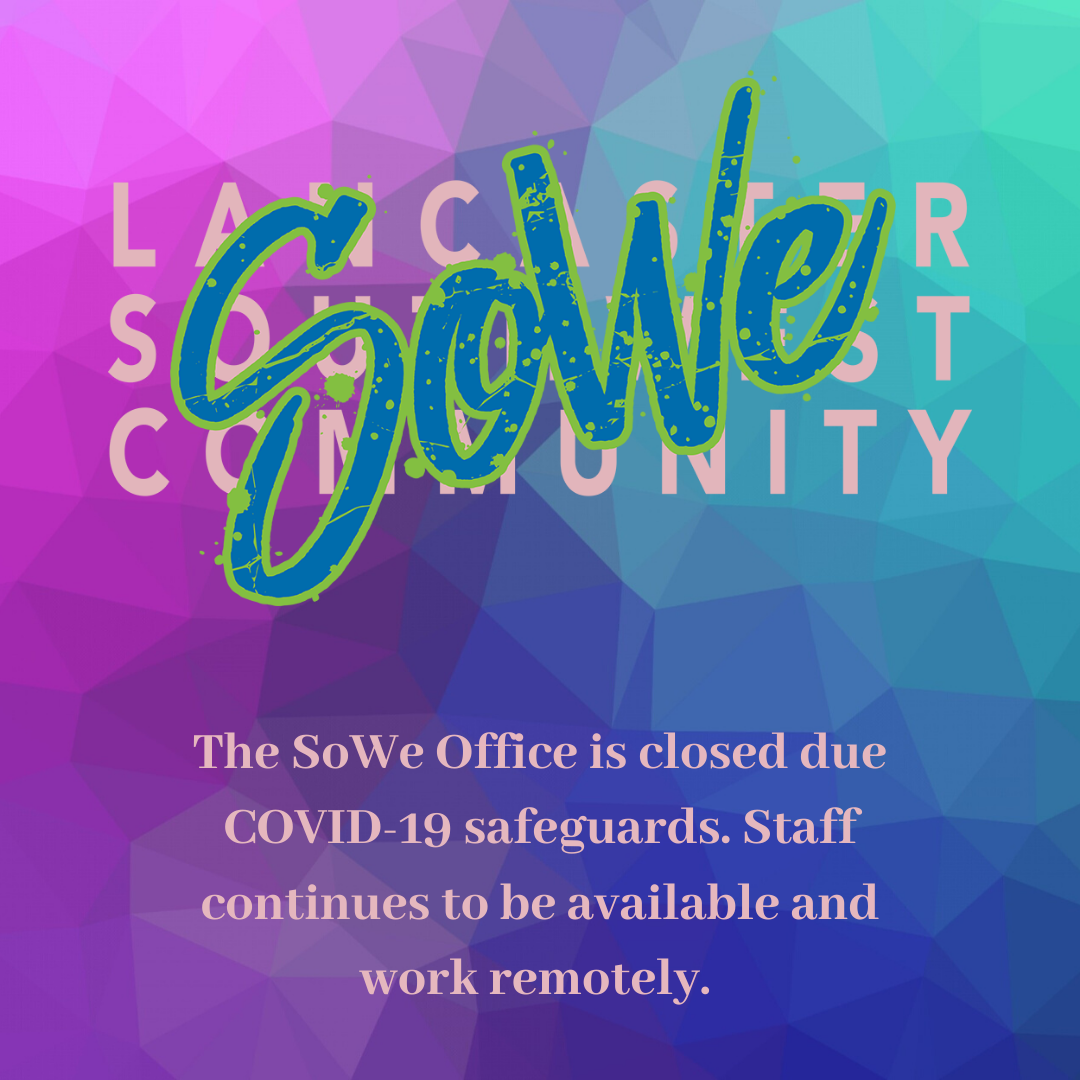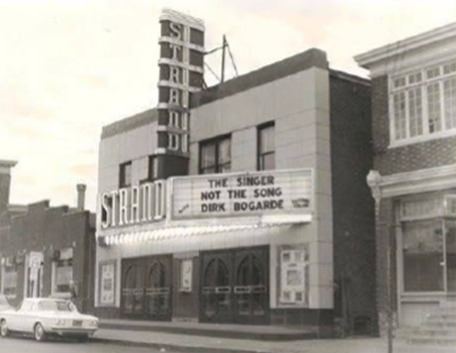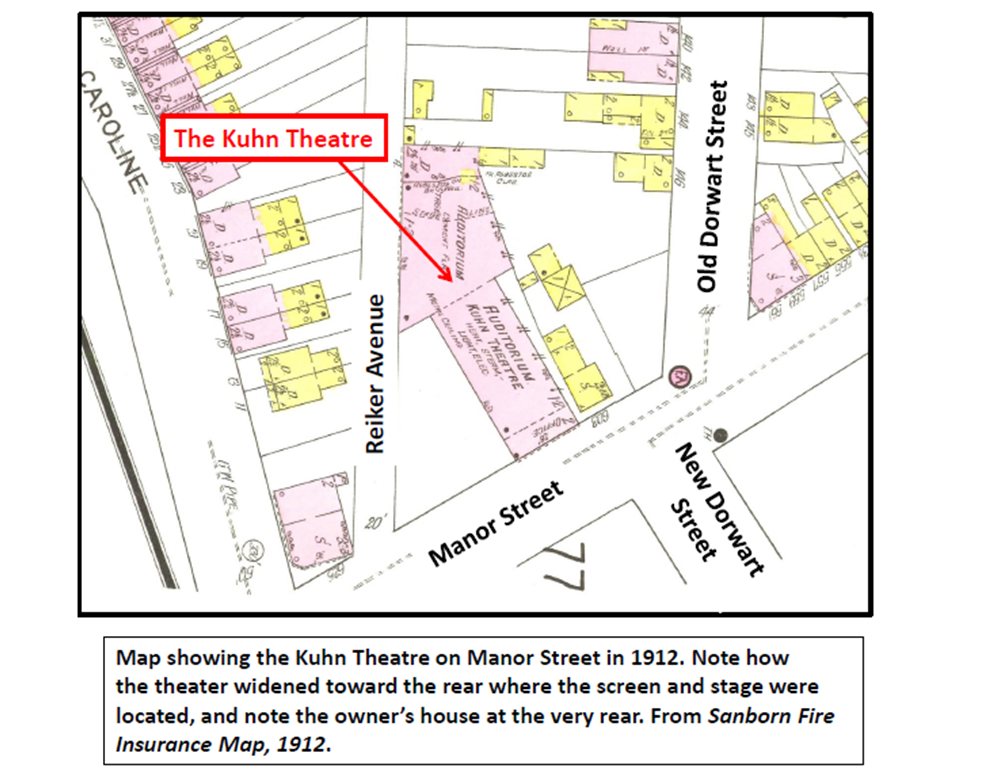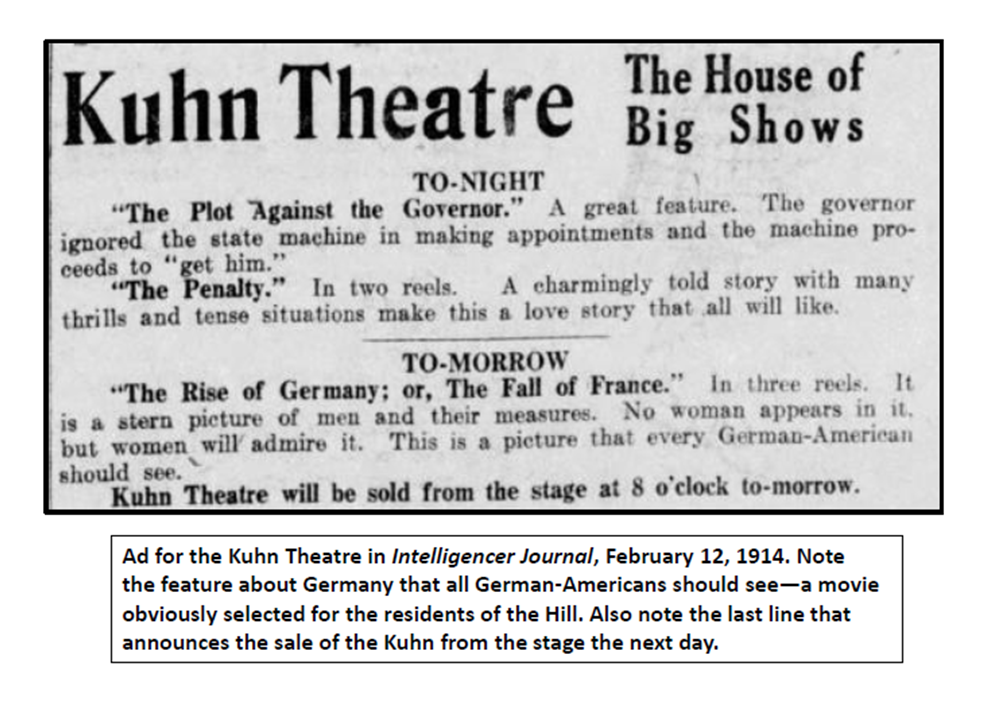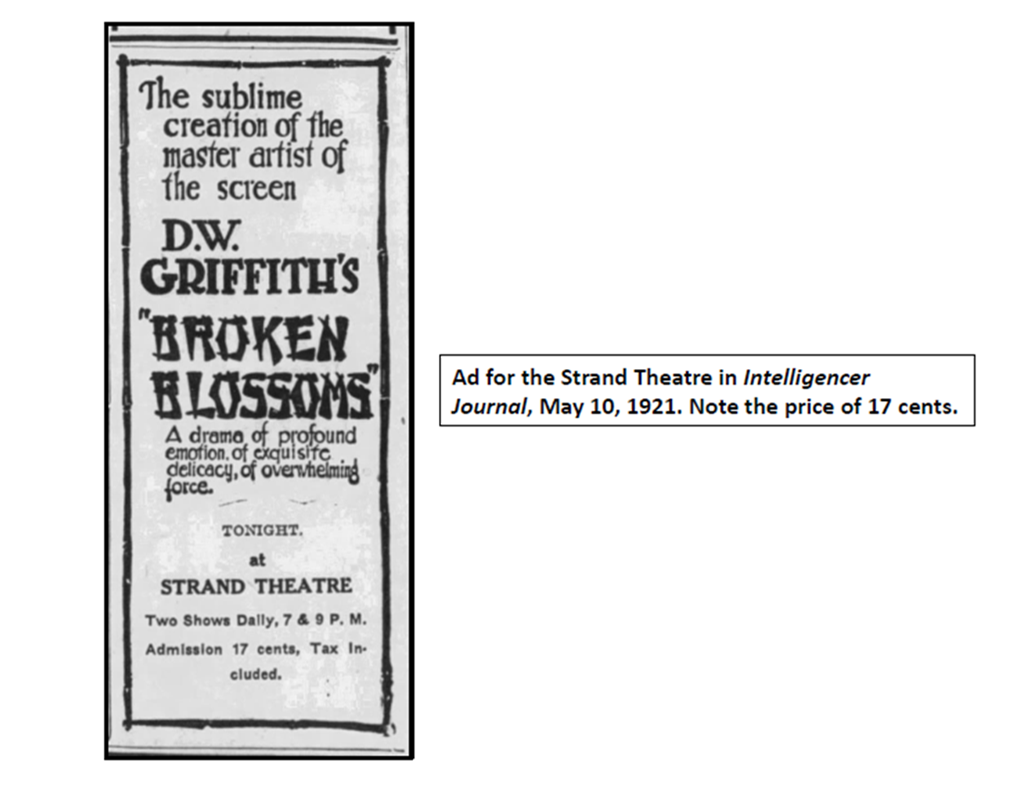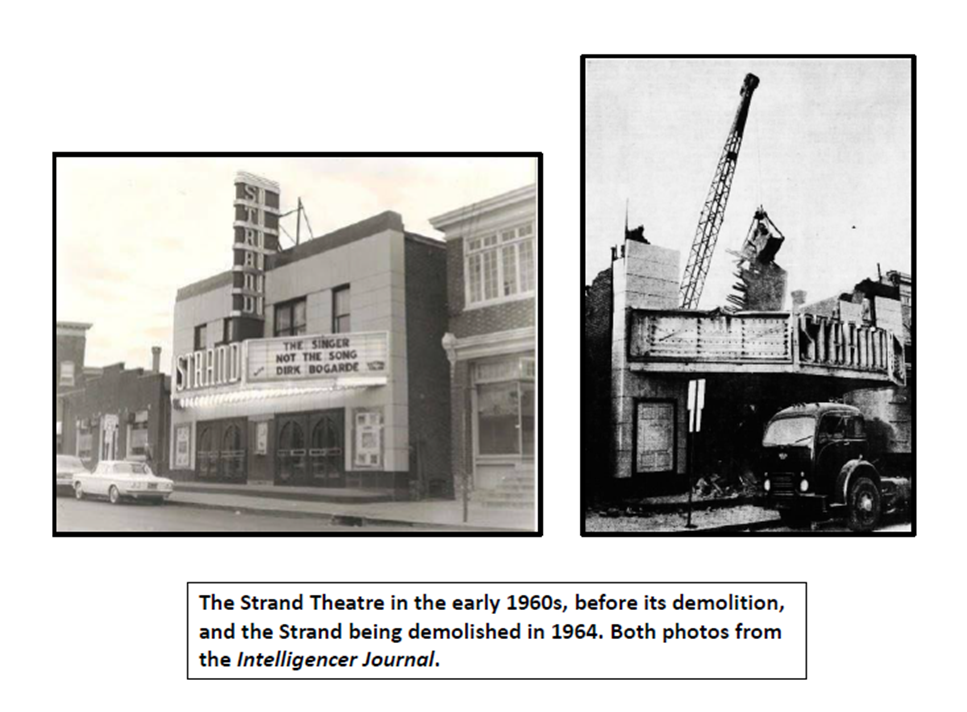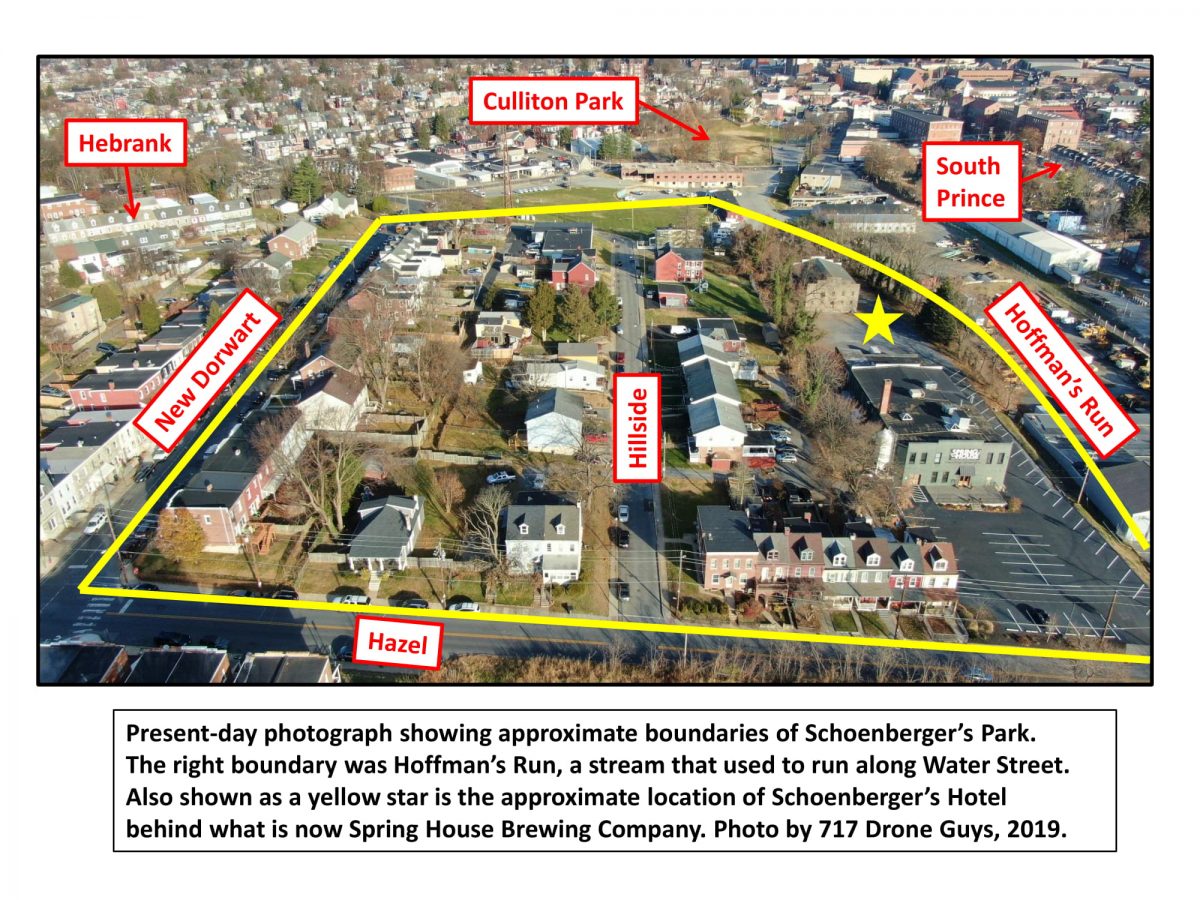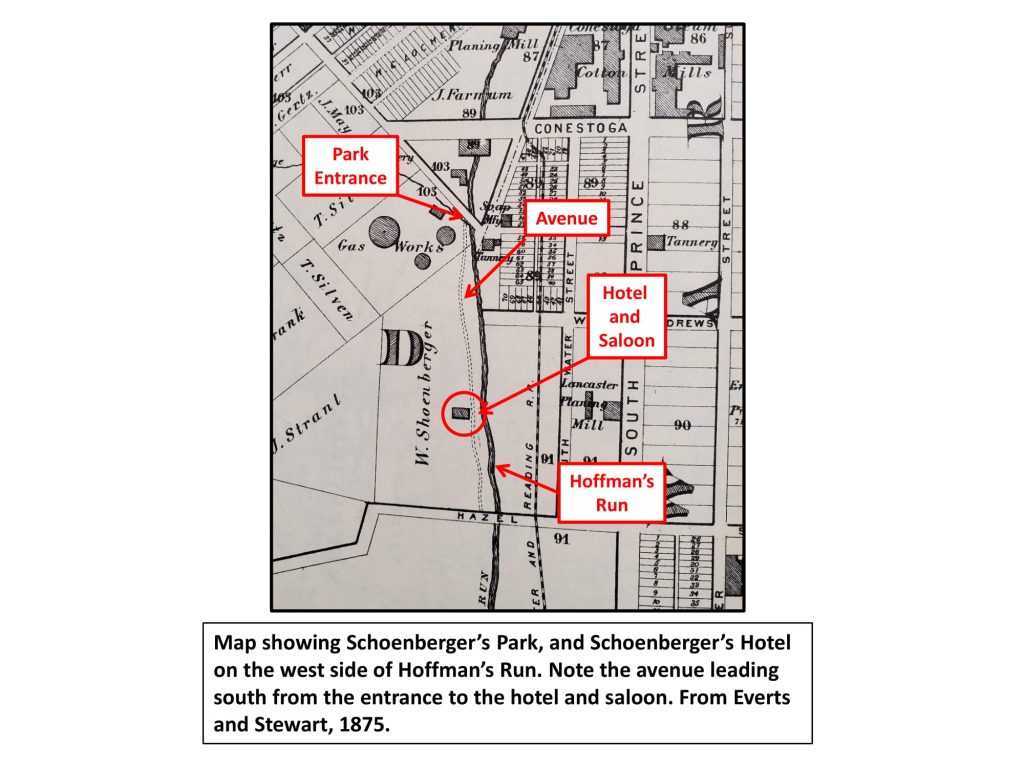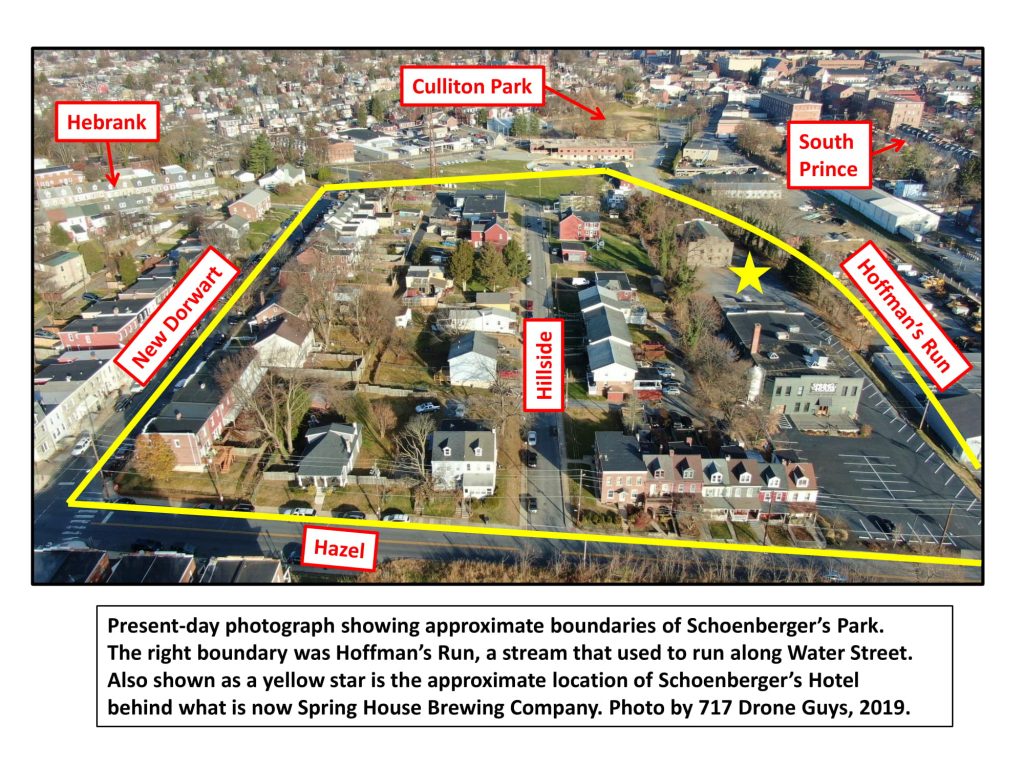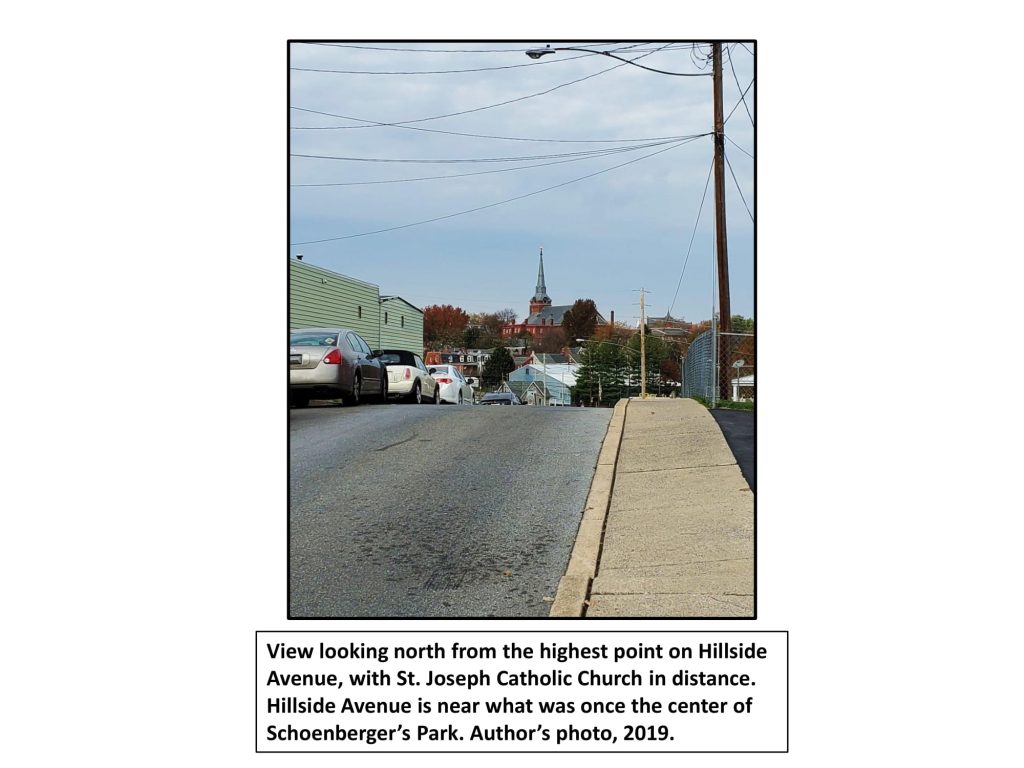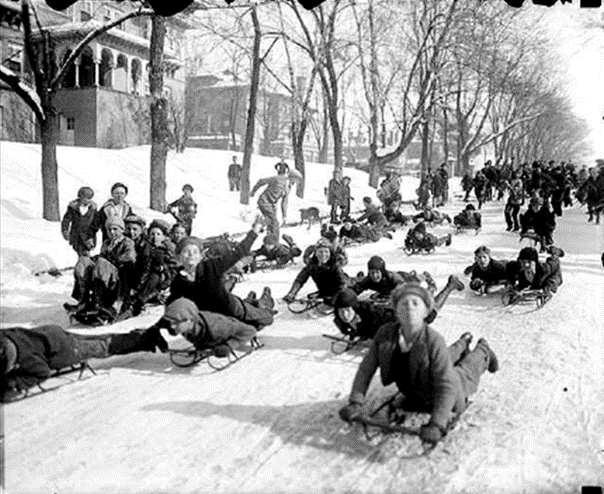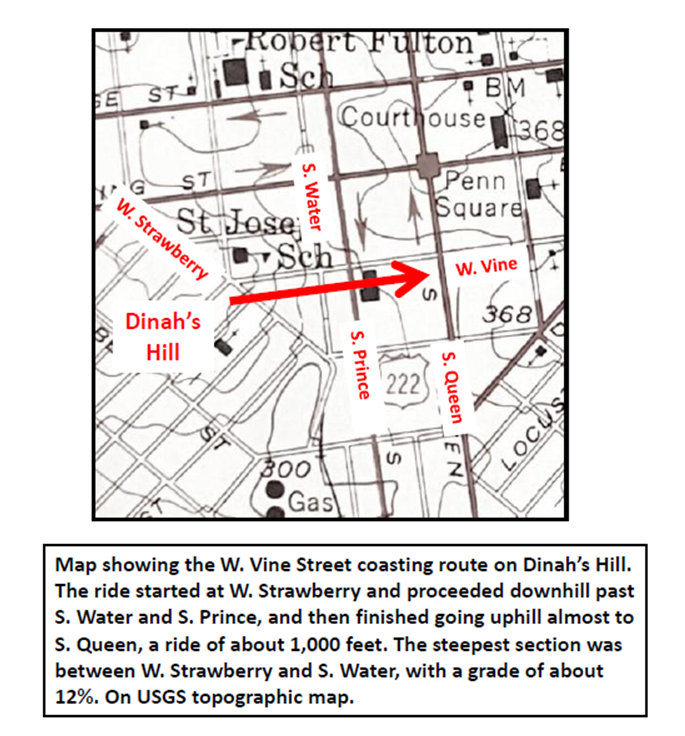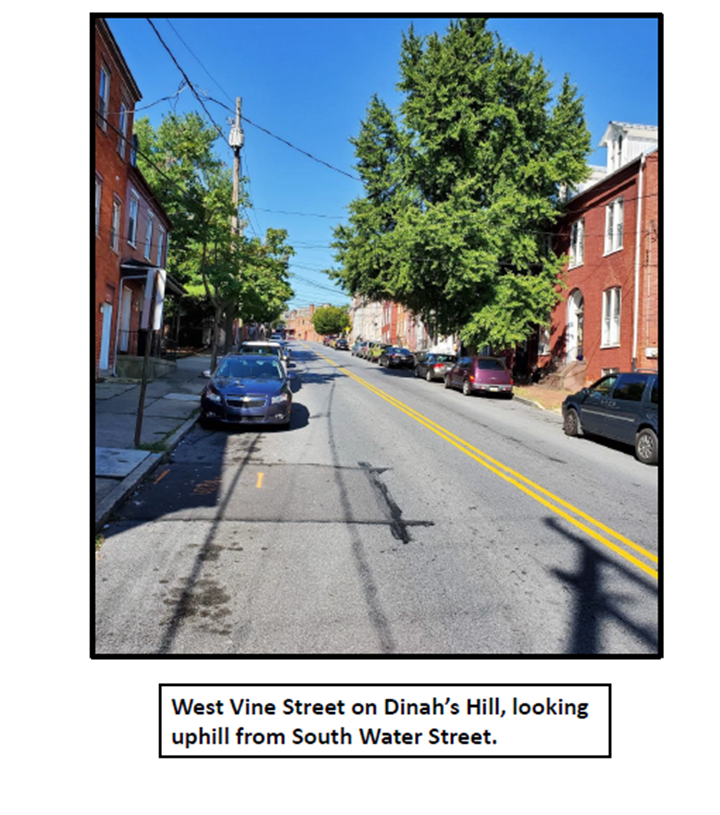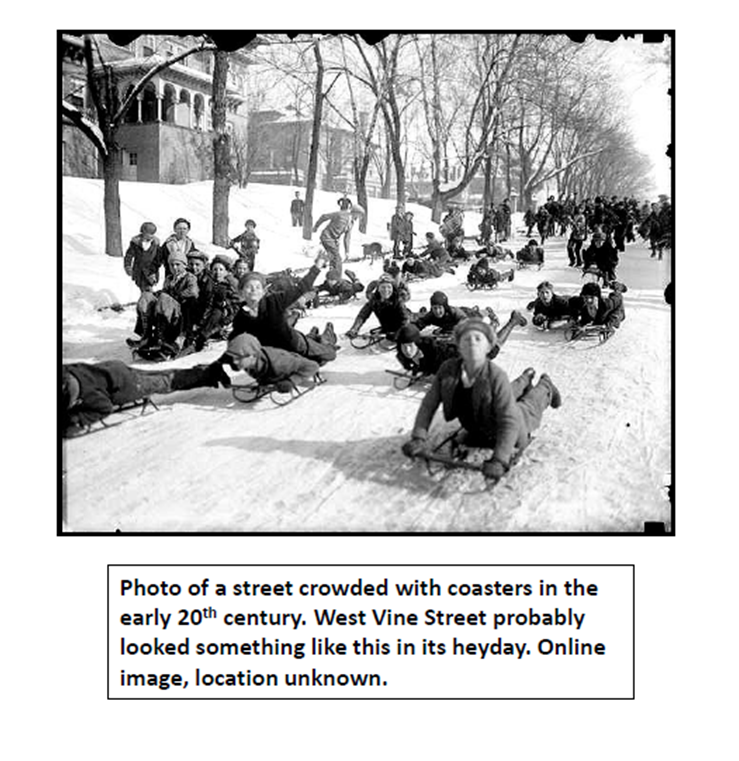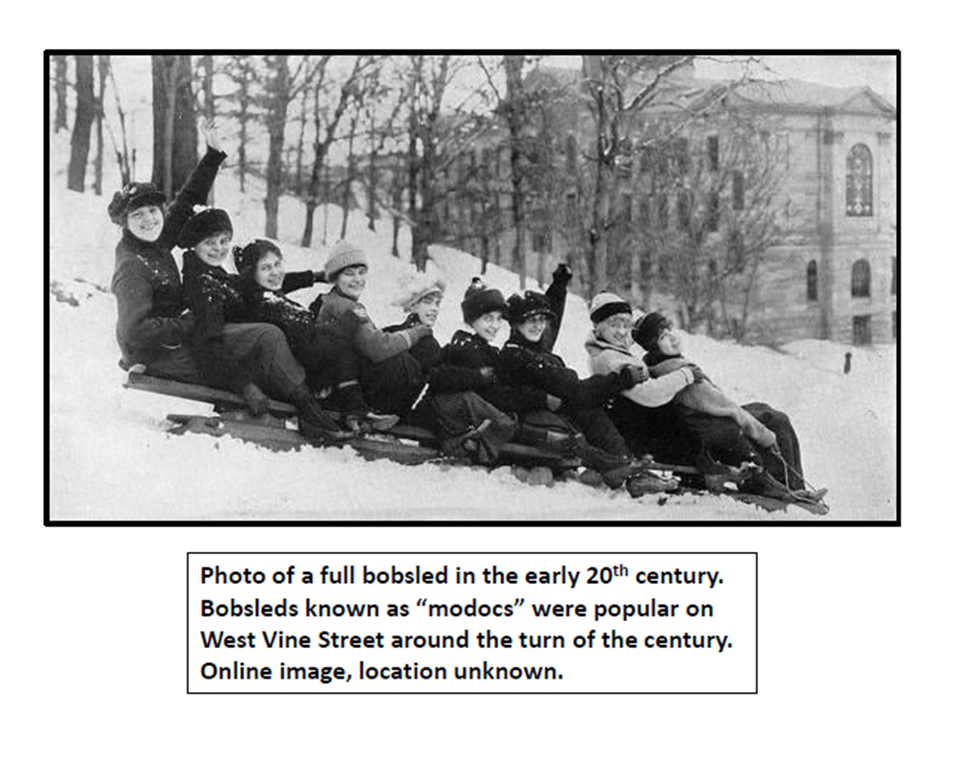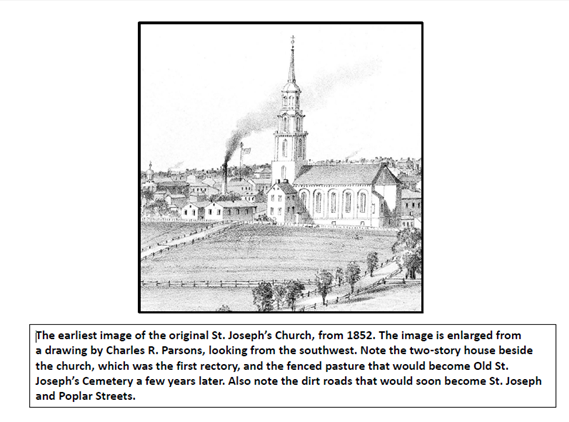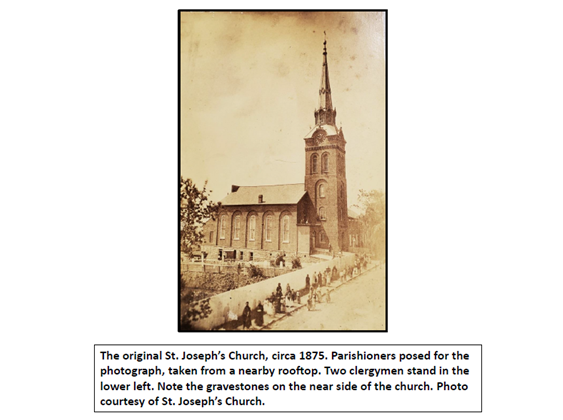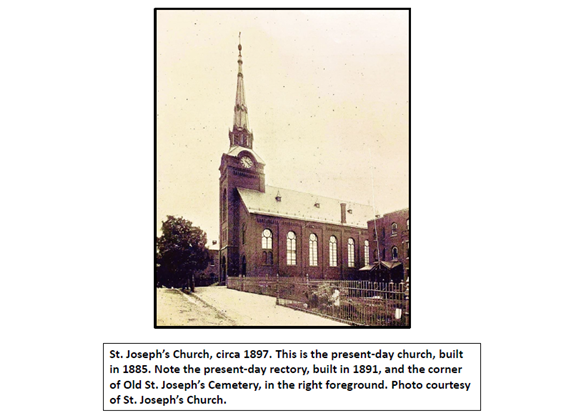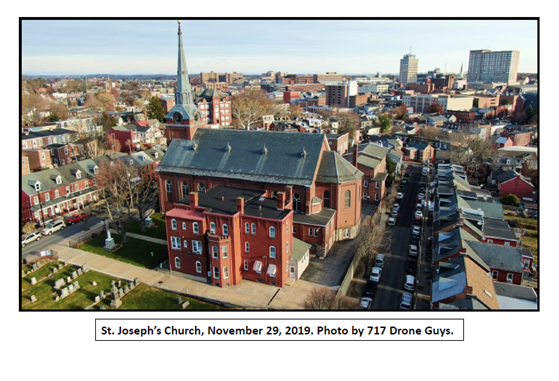Jim Gerhart, June 1, 2020
Life on old Cabbage Hill had many qualities worth waxing nostalgic about—neighborhood solidarity, a wide range of owner-operated neighborhood businesses, and vibrant social, cultural, and religious institutions, among others. But life in the good old days on the Hill also had its serious drawbacks, some of the worst of which were frightening outbreaks of infectious diseases, including smallpox, typhoid fever, cholera, diphtheria, and consumption (tuberculosis), in the latter half of the nineteenth century.
Scientific understanding of the causes of contagious diseases, and therefore their proper prevention and treatment, was just in its infancy in the late 1800s. Ignorance and misinformation were rampant, as were fraudulent prevention and treatment recommendations. Doctors did the best they could, some heroically, but in many cases all they could do was try to alleviate the victims’ suffering.
Today, these once feared diseases have been eradicated in the U.S. through the implementation of public-health measures, including sanitation and vaccines. Because we are no longer threatened with these diseases, it is hard for us to imagine how frightening and panic-inducing they used to be. But the impacts on communities could be truly devastating.
Cabbage Hill was often hard hit when these diseases visited Lancaster. In some outbreaks, many dozens of Hill residents came down with the disease, and numerous residents died. The city Board of Health did its best to monitor and control the diseases, and there are records of the statistics and public-health responses related to each outbreak. It is important to remember, though, that behind the faceless statistics were real families that were changed forever.
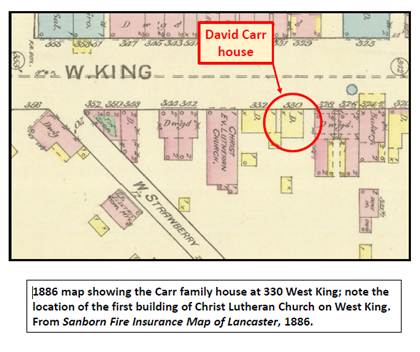
In the late spring and summer of 1883, Lancaster endured a smallpox outbreak that severely impacted a family on the slope of Dinah’s Hill, on the northern edge of Cabbage Hill. On May 8, Charles Carr, a 20-year-old bill poster, was committed to the county prison for 45 days on a charge of drunkenness and disorderly conduct for breaking a transom window at the Seventh Ward Hotel. Charles lived with his parents, David and Kate Carr, and seven siblings in a 1-1/2-story frame house at 330 West King Street.
Charles’s family immediately began the process of trying to get him released through a writ of habeas corpus. In the meantime, six inmates of the prison, including Charles, had come down with what appeared to be the early stages of smallpox, a highly communicable disease caused by the variola virus. The early symptoms of smallpox are fever, back pain, and red spots on the face, arms, and legs. The prison-keeper was reluctant to acknowledge this threat to his prison, and despite the warning symptoms, Charles was released on bail to his family on May 22, just two weeks after he had been committed. Two of Charles’s older sisters, Annie and Katie, took on the job of nursing him back to health at their crowded home on West King.
But unlucky Charles was soon beyond help, and he died on June 4. By then, Annie and Kate had contracted the disease. Katie, age 25, died June 10, and Annie, age 26, died June 18. By that time, several of their siblings also had contracted smallpox, and the disease took brother John, age 18, on June 21; sister Ida, age 17, the next day; and brother Elmer, age 22, on July 2. In less than a month, six of the Carr’s adult children had died from smallpox. Of the eight children who had still been living at home, only George, age 23, and Emma, age 15, survived, and Emma would die the next year from a “lingering illness”, possibly related to the same outbreak of smallpox that had devastated her family.
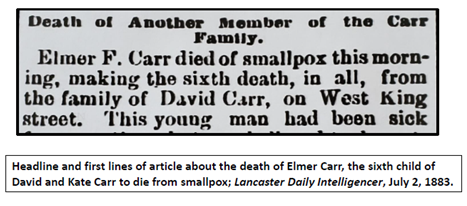
Many neighbors chipped in to provide support for the Carr family during their crisis, although David Carr refused to accept any donations. Unfortunately, however, one person saw an opportunity to take advantage of the family. On the night of July 9, just a week after the sixth Carr child had died, someone broke into the Carr’s fenced backyard and stole nearly 100 chickens, prompting the local newspaper to editorialize that “the thief deserves to be shot”.
The Carr family was the hardest-hit family, but throughout Lancaster, 85 people contracted the disease, and 15 people died. The prison-keeper, the prison doctor, and the lawyer and judge who had overseen Charles Carr’s release, were all criticized in the local newspapers, as was the Board of Health for not acting sooner and more forcefully. A new position of Health Commissioner was added to the city government, and three special police officers were assigned to guard the houses that were under quarantine during the outbreak. The new Health Commissioner led a sanitary cleanup and free vaccination effort in the hardest-hit areas of the city. Slowly, the city went back to its normal routines, but for the Carr family, life would never again be normal.
Eight years later, in the spring of 1891, a different scenario involving an infectious-disease outbreak unfolded right in the center of Cabbage Hill. The disease was typhoid fever, and the location was the neighborhood around the intersection of New Dorwart and High Streets. This time, the disease was transmitted by way of water from a polluted backyard well.
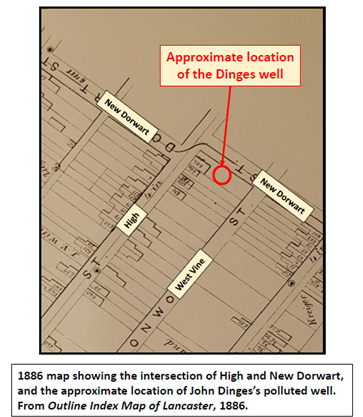
In September 1890, John Dinges, a carpenter living at 434 High Street, bought a house (602 High) on a large lot on the south corner of the intersection of High and New Dorwart Streets. Behind the house was a shallow well that had been dug when the house had first been built, at least 20 years earlier. The well was in the floodplain of a small stream called the Run, which in the 1870s and early part of the 1880s ran where New Dorwart Street is today.
The well also was only about 12 feet away from the house’s cesspool, making it likely that human waste from the previous residents of the house had made its way to the well. Typhoid fever is caused by a Salmonella bacterium that is found in human excrement. The bacteria that cause typhoid fever are easily transmitted in water. The symptoms of typhoid include fever, headache, abdominal pain, vomiting, and eventual delirium.
When Dinges acquired the lot and house, the well had been abandoned for some time, but he installed a pump on it and put the well back in use. He did not move his family into his new house, continuing to live at 434 High, but his family started using the well behind the new house. Dinges also allowed a few other families to use the well, including neighbors around the corner on New Dorwart—Andrew Braungart and his wife and seven children. Braungart’s wife was the sister of Joseph Hildmann, who lived at 414 Poplar with his family, and Hildmann’s family was permitted to use the well also. At least two other families who were neighbors of Dinges also began using the well.
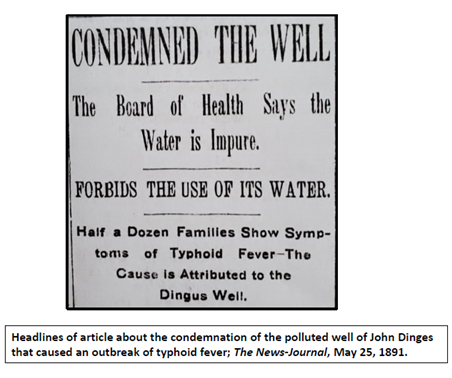
Soon after Dinges and his neighbors began using the well, many of them came down with typhoid fever. Dinges was the first to contract the disease, and he died on May 24. At the time of his death, a local newspaper reported that 20 other people had become sick with typhoid. This number included Dinges’s three children, all nine people in the Braungart family, and Joseph Hildmann and his wife and children.
When Dinges died, the city Health Commissioner directed the well to be shut down. Dinges’s widow refused to do so, so the Commissioner had the pump handle removed and announced that anybody using the well would be prosecuted. Although some 20 people had already contracted typhoid fever, no new cases would appear after the well was shut down.
One more person died in the typhoid outbreak. David Hardy, a 30-year-old tobacco packer and shortstop on the “Ironsides”, a city baseball team, was admitted to St. Joseph’s Hospital on May 28 and died on June 2. Hardy had been boarding on Fremont Street with his wife and one small child.
All the others recovered eventually, but not without a disturbing incident involving the Braungart family. Andrew Braungart and three of his children were sick enough to be admitted to the hospital in late May. On June 5, Braungart was given permission to leave the hospital for a few hours to visit the rest of his family at home, including a young daughter who had been too sick to be taken to the hospital. On his way home, Andrew stopped for whiskey and arrived home drunk, where he “abused his family”. The authorities were called, and the sick daughter was removed to the hospital for her own safety.
In this 1891 typhoid fever outbreak, the city was better prepared than it had been in the smallpox outbreak in 1883. The Health Commissioner position that was established in 1883 was right on top of the typhoid outbreak as soon as the first death was reported, and his quick actions put a halt to any further spread of the disease. Also, while the crisis was still evolving, the city Water Committee decided to install a 6-inch water pipe under New Dorwart to replace the lost water supply of the polluted well. The testing of water in all the wells in the city also was begun. However, as efficient and effective as the city’s response had been, it was still too late for the Dinges and Hardy families that were forever impacted by the typhoid outbreak.
Today, sadly, we continue to be plagued by outbreaks of new infectious diseases caused by viruses and bacteria. Each new outbreak has some distinctly unique features, but our reactions and behaviors often seem to follow the same sequence of steps and missteps as we try to deal with them. Revisiting past outbreaks like the ones in 1883 and 1891 can perhaps help us make better decisions about what to do and what not to do during new outbreaks. Reviewing past outbreaks like these two also reminds us that the good old days on Cabbage Hill and the rest of Lancaster included some pretty bad moments.

